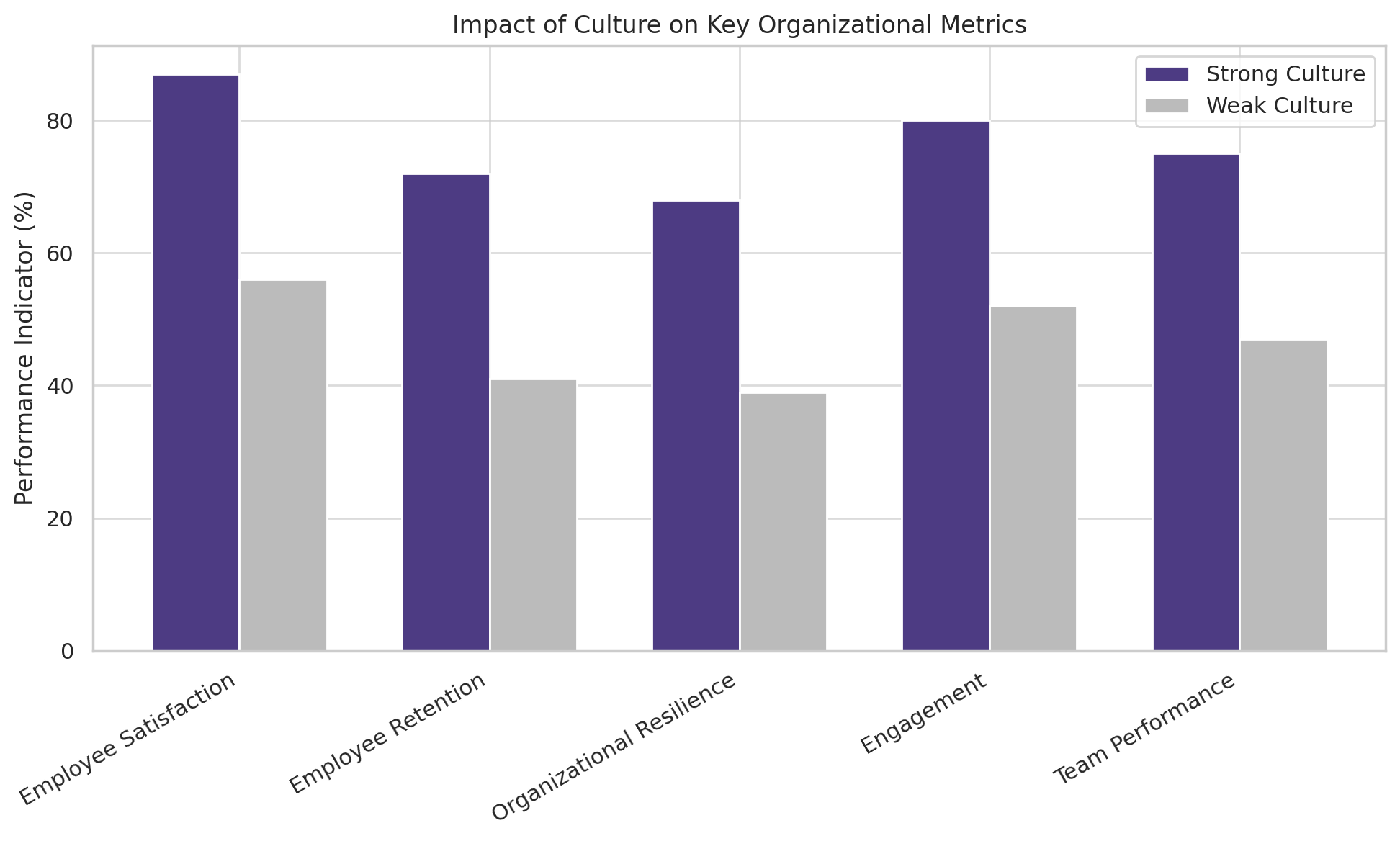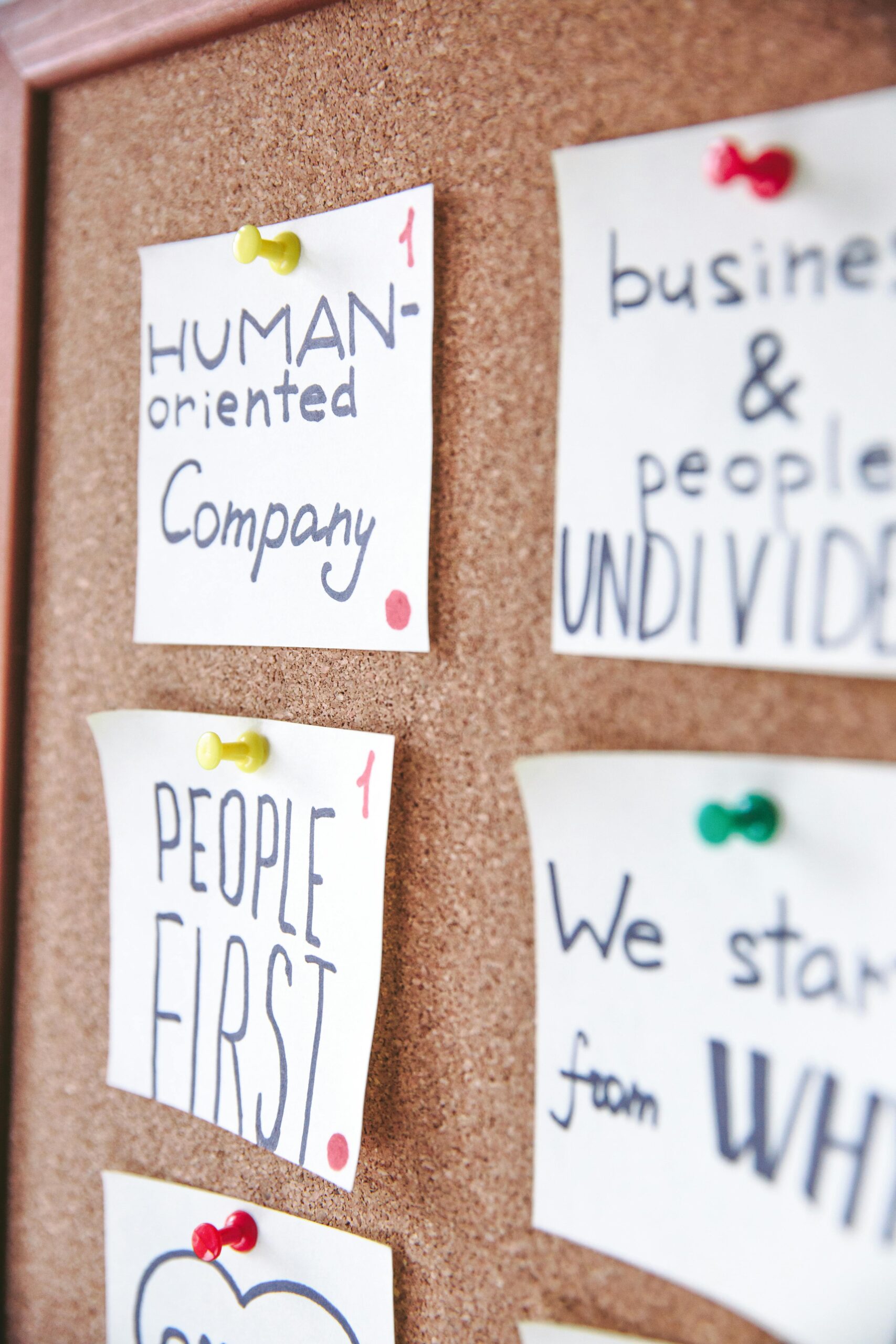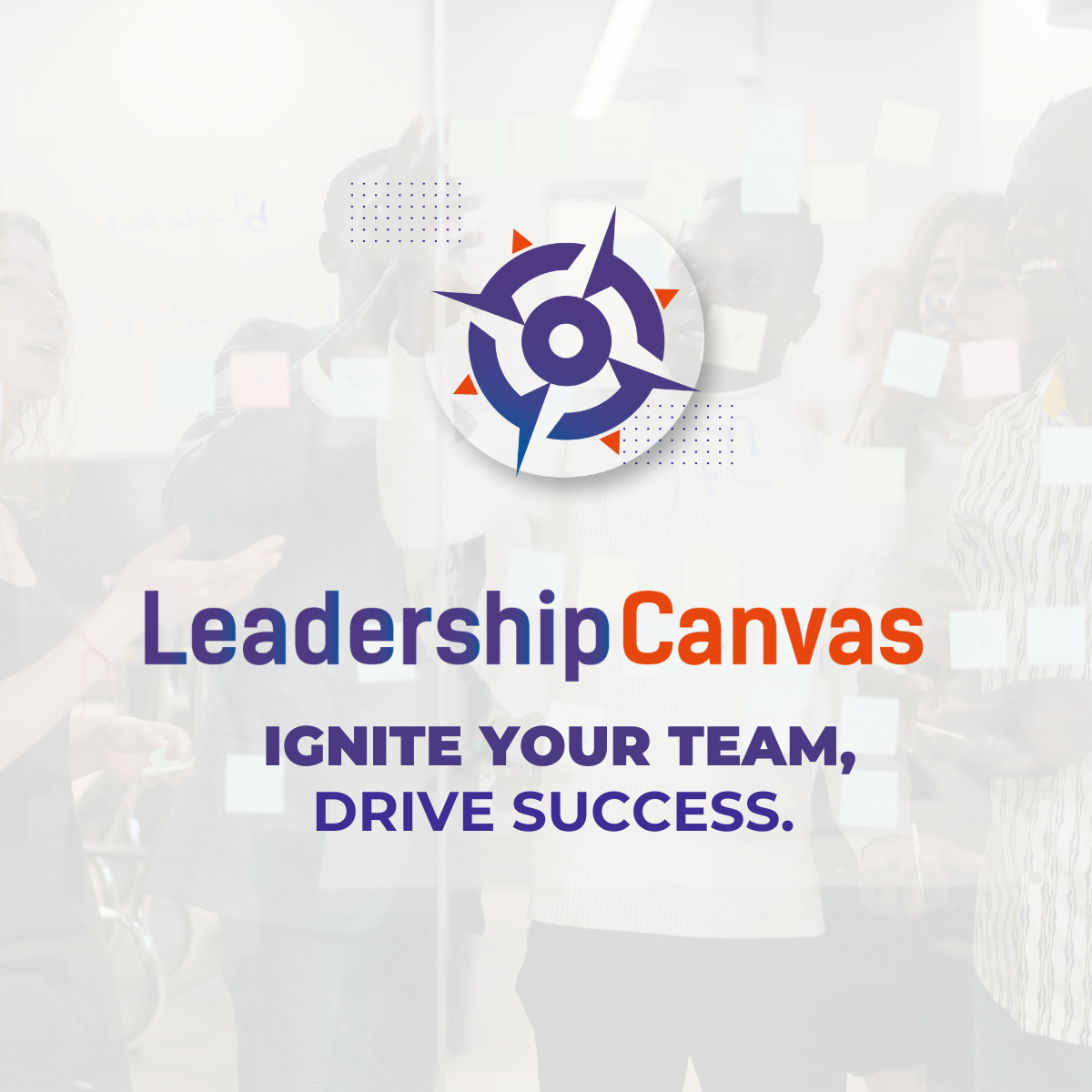Building a Thriving Organizational Culture

I vividly remember the moment the phrase “culture eats strategy for breakfast” resonated with me during a meeting.
Reflecting on my military experience, I recalled numerous instances where teams with identical resources had varying levels of success. This pattern was evident in my roles as a corporate executive and later as a consultant. Sometimes, firms with superior products or services stumbled against competitors they should have easily surpassed. In each scenario, culture was the key differentiator. A fragile culture, lacking vision or purpose, can outshine strategy at every meal — breakfast, lunch, and dinner.
Many leaders recognize this but often find it challenging to dedicate time to nurturing a culture, vision, or purpose that ignites their organization’s passion and talent. Challenges such as time constraints and competing priorities mean this critical aspect of people strategy is frequently overlooked. As a consultant, I start with culture because it is the foundational “C” in our C.L.E.A.R Methodology for developing high-performance organizations.
A robust organizational culture is essential for any successful company, impacting everything from employee engagement to customer satisfaction and overall performance. It embodies the values, behaviors, and practices that define an organization’s atmosphere.
Here are pivotal strategies and examples for fostering a positive and effective organizational culture.
Define and Communicate Core Values
Creating a strong set of core values is crucial for forming the foundation of your organizational culture. These values reflect your organization’s essence and guide decision-making and interactions. To develop these core values, it’s advisable to incorporate diverse perspectives from across the organization. This approach ensures the alignment of the leadership’s vision with the insights of those on the operational front — the real heartbeat of your company. A comprehensive understanding of the organization’s values and purposes from top to bottom enhances cohesion. Truth be told, hitting the snooze button for the third time doesn’t make starting the day any more enticing; a dull and impersonal statement of values won’t inspire action. In contrast, values informed by your employees’ collective insights are far more likely to ignite their enthusiasm and sense of purpose.
Once established, it’s crucial to integrate these core values into your organization’s processes and emphasize them regularly.

Foster Open Communication
Establishing avenues for open, transparent communication builds trust and ensures that every team member feels valued and heard. It also fosters feedback and collaborative problem-solving, strengthening the organization’s cultural fabric. As leaders, demonstrating open and sincere communication is vital. This level of communication supports a culture of psychological safety where everyone can voice their opinions, be heard, and contribute. Conversely, I have encountered leaders who believe their employees can’t handle transparency or bad news, leading to a culture of distrust, fear, confusion, and frustration. When in doubt, communicate!

Promote Leadership Engagement
Leaders are crucial in shaping and sustaining organizational culture. They must be active in the cultural narrative, embody the organization’s values, and set the example for others. Our work with organizations focuses on supporting leaders’ growth and transformation, enabling them to lead confidently and authentically. Supporting leaders at all levels is key to fostering a high-performance culture.

Watching the show “Undercover Boss” offers a similar insight, as leaders delve into the core of their organization, identifying issues often caused by isolated decisions. A vital lesson from my military days emphasized the importance of monitoring the impact of commands at the grassroots level, where they are implemented. This experience aligns with the revelations on “Undercover Boss,” where the disconnect between leadership’s intentions and actual execution often becomes clear. By actively engaging and scrutinizing, we quickly made the necessary adjustments, ensuring operational effectiveness.
Encourage Team Collaboration and Diversity
Diverse and collaborative teams contribute varied perspectives and ideas, enriching the organizational culture. Promoting diversity and teamwork can lead to innovative solutions and a more inclusive culture. Diversity takes many forms, and research shows that diverse organizations outperform their less diverse counterparts. By embracing people’s unique viewpoints and experiences in inclusive and collaborative settings, we achieve agility, innovation, and superior performance.

Recognize and Celebrate Achievements
Acknowledging the accomplishments of individuals and teams is crucial in reinforcing the positive actions and contributions that shape organizational culture. Recognition should align with the organization’s core values, whether through formal awards or informal praise. Leaders should identify the types of recognition that resonate most with their team members. While financial incentives have their place, alternative forms of appreciation often hold more significance for employees. Our experience consistently shows that high achievers within the organization value recognition of their essential role in the company’s success. Preferences vary; some may prefer peer acknowledgment or sharing with their families, while others might value recognition in a more private setting. The beauty of recognition lies in its versatility, allowing for creativity and cost-effectiveness, which significantly boosts employee morale.

Invest in Professional and Personal Development
Investing in your employees’ development signals your commitment to their growth and well-being. Allocating resources for their professional and personal advancement sends a powerful message. This investment can take various forms, such as offering training programs, access to educational courses, support for industry conference attendance, or workplace skill development opportunities. These initiatives not only equip employees with new skills and knowledge but also boost their confidence and ability to contribute more effectively to the organization.
The benefits of investing in employee development extend beyond individual growth; it cultivates a deeper sense of loyalty and belonging among employees. When people feel valued and supported, their connection to the organization strengthens, lowering turnover rates and creating a stable workforce. This sense of belonging is vital for fostering a strong, cohesive culture that aligns with the organization’s values and goals. Employees who feel part of something larger are more likely to exceed their roles, driven by a collective commitment to the organization’s success.
Additionally, a culture that prioritizes employee development attracts talent. Prospective employees gravitate towards environments where they see clear progression paths and where their development is a priority. This attracts top talent and retains high performers who might otherwise seek growth opportunities elsewhere.

Conclusion
A thriving organizational culture is dynamic, evolving with the organization. By embedding core values into every aspect of the organization, promoting open communication, encouraging leadership engagement, fostering diversity and collaboration, recognizing achievements, and investing in development, organizations can build a culture






+ Show / Hide Comments
Share to: